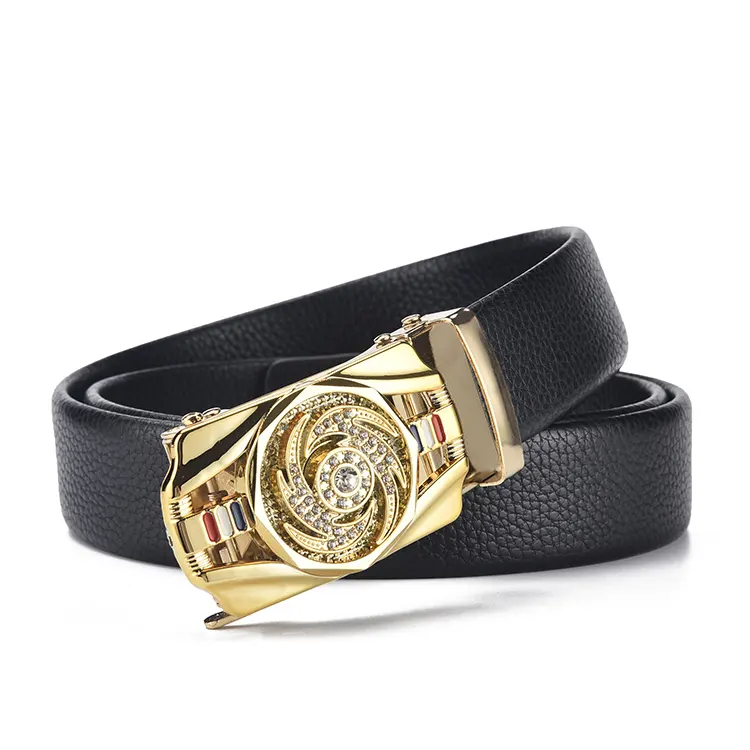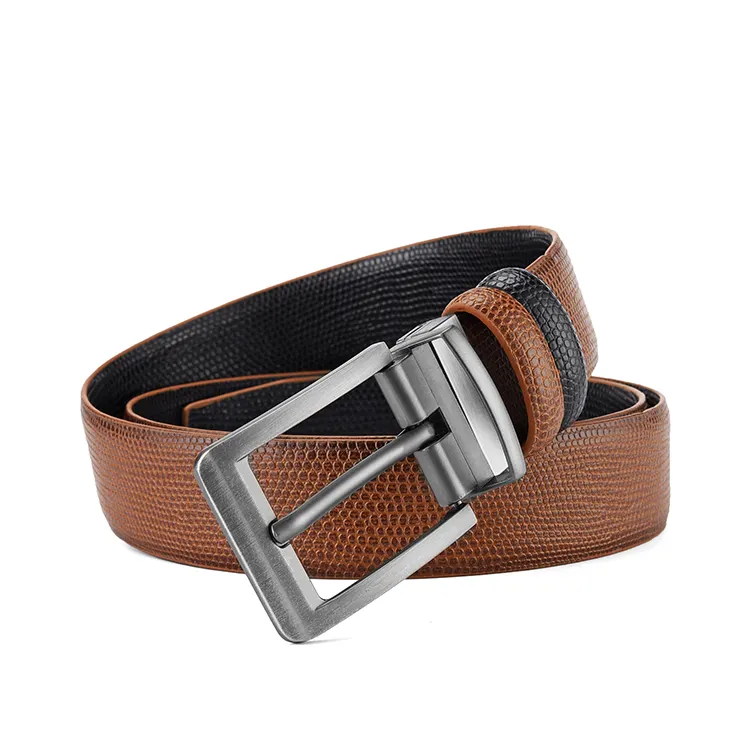When it comes to eco-friendly fashion, PU (Polyurethane) belts offer several sustainability advantages compared to genuine leather belts. Here’s a closer look at the sustainability of PU belts:
- Animal-Friendly: PU belts are cruelty-free and do not use animal-derived materials. This aligns with the principles of ethical and cruelty-free fashion, making them a suitable choice for individuals who are concerned about animal welfare.
- Environmental Impact: The production of PU generally has a lower environmental impact compared to genuine leather. Leather production involves livestock farming, which contributes to deforestation, greenhouse gas emissions, and water pollution. PU, on the other hand, is manufactured using synthetic materials with a smaller environmental footprint.
- Resource Efficiency: The production of PU requires fewer natural resources than genuine leather. Leather production necessitates vast amounts of land, water, and food resources for livestock. In contrast, PU is created through chemical processes that are generally more resource-efficient.
- Waste Reduction: PU belts are often made from byproducts of the petrochemical industry, reducing waste from these processes. This can contribute to waste reduction and repurposing materials that would otherwise go to waste.
- Durability and Longevity: While PU belts may not have the same longevity as genuine leather belts, they are durable and can last for a considerable time with proper care. Their durability ensures that you don’t need to replace them frequently, contributing to less waste.
- Versatility and Style: The wide range of styles, colors, and finishes available in PU belts makes them versatile and adaptable to various fashion preferences. This versatility can lead to a more sustainable wardrobe as you can create different looks with a single accessory.
- Affordability: The affordability of PU belts means that more consumers can access fashion choices that align with their ethical and environmental values. This can potentially reduce the demand for less sustainable options.
While PU belts have sustainability advantages, it’s important to note that they are not without environmental concerns. The production of synthetic materials like PU can involve the use of chemicals, and some production methods may have associated environmental issues. Additionally, PU may not be as biodegradable as natural materials.
To make the most sustainable choice, consider factors such as the brand’s commitment to sustainability, the production methods, and your own values. If you prioritize eco-friendliness in fashion, research brands that produce PU belts using responsible and sustainable practices. Additionally, extend the lifespan of your PU belts through proper care and maintenance, and consider recycling or repurposing them when they are no longer in use.


